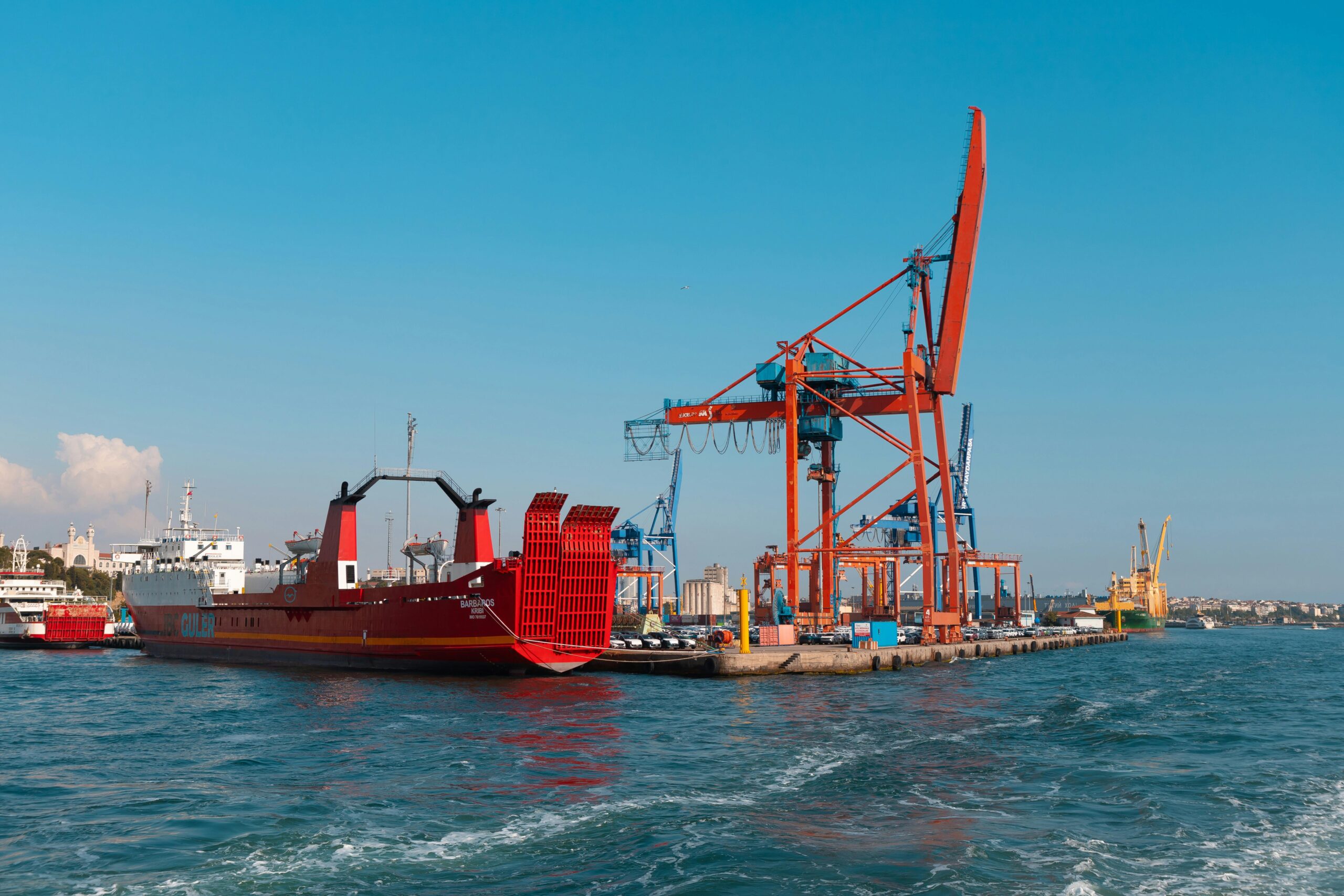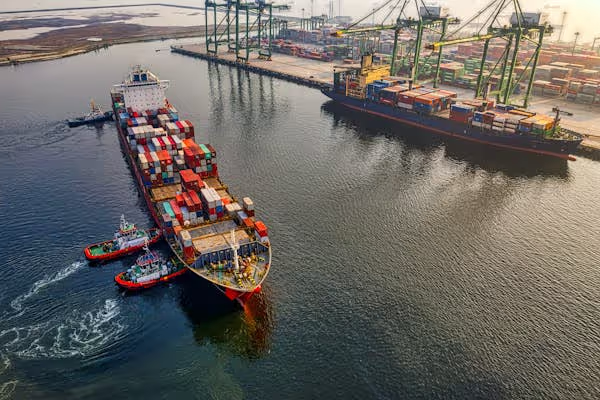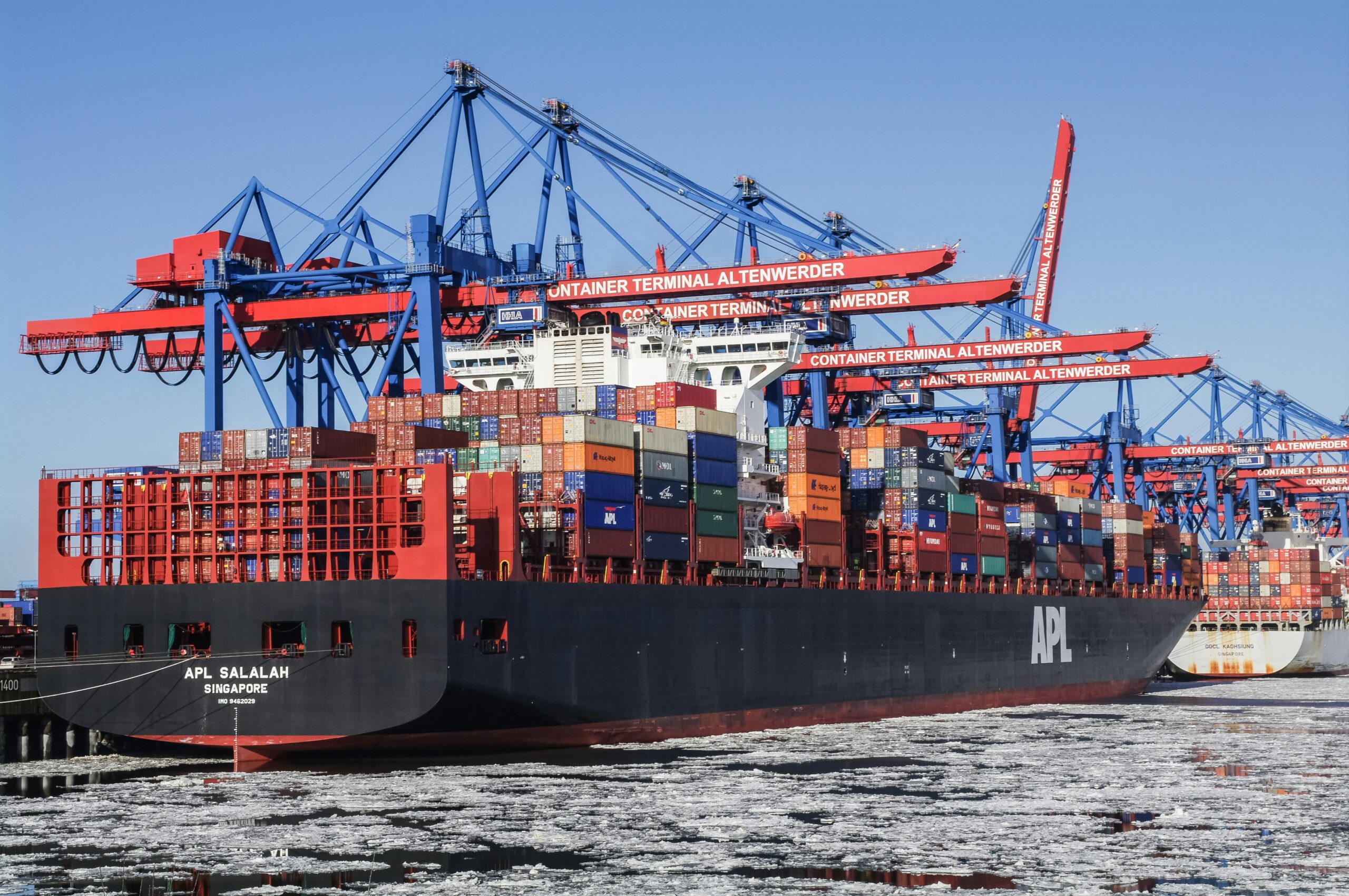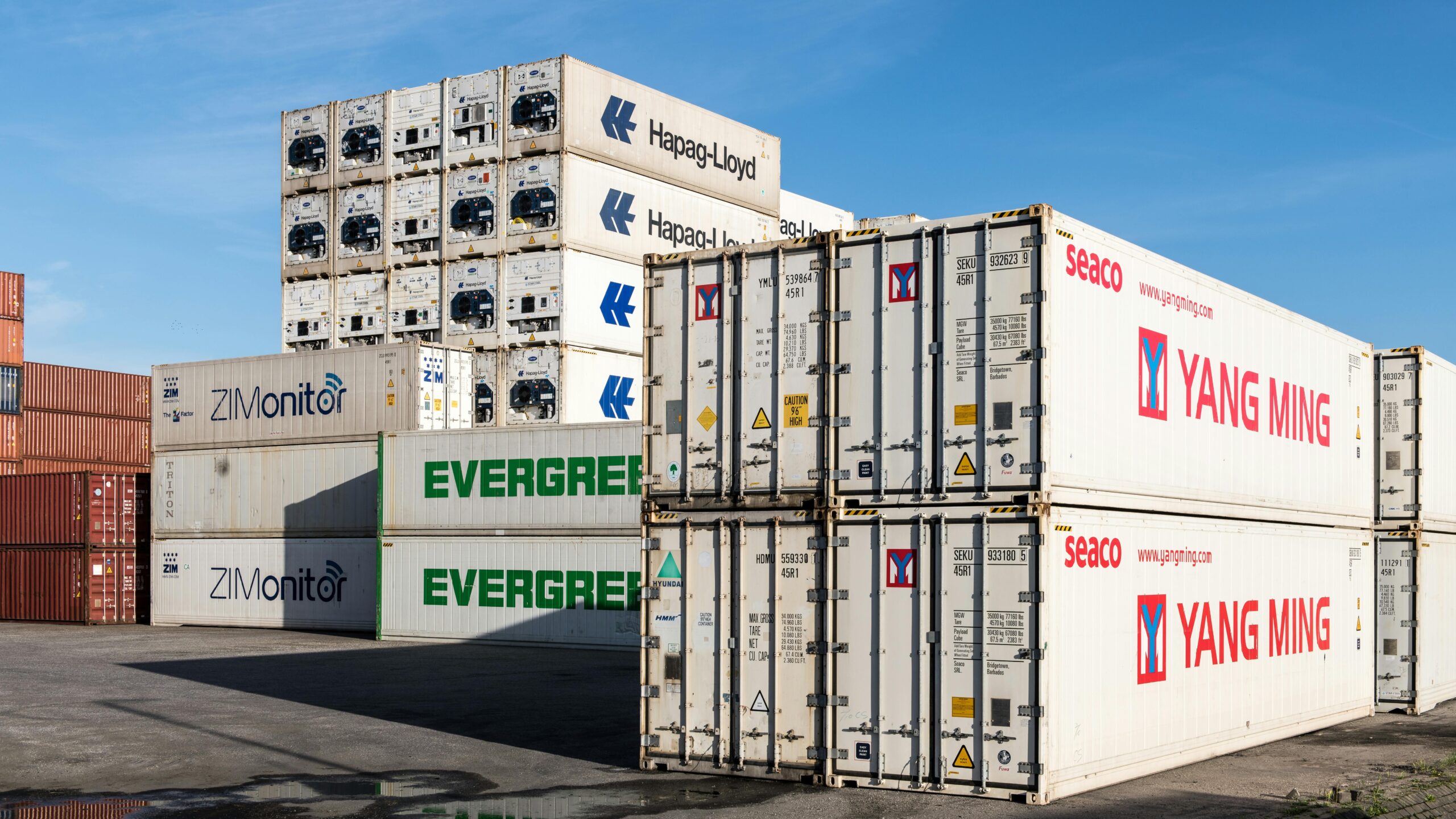In today’s interconnected world, businesses engaged in international trade must navigate the complex landscape of customs tariffs by country. These tariffs—essentially taxes imposed on imported goods—vary significantly across nations and product categories, creating a multifaceted system that affects global commerce in profound ways. From small e-commerce startups to multinational corporations, understanding how tariffs work and how they differ between trading partners has become essential knowledge for anyone looking to expand beyond domestic markets.
What are customs tariffs and reciprocal trade agreements?
Customs tariffs are taxes imposed by governments on goods when they cross international borders, typically during import. These tariffs serve multiple purposes: generating revenue for governments, protecting domestic industries from foreign competition, and sometimes as political leverage in international relations. The structure and rates of customs tariffs by country reflect each nation’s economic priorities, historical trade relationships, and current geopolitical stance.
Reciprocal trade agreements modify these baseline tariffs by creating preferential treatment between participating countries. These agreements come in several forms:
- Most Favored Nation (MFN) status: This fundamental principle of the World Trade Organization (WTO) requires member countries to extend the same favorable tariff rates to all other members.
- Free Trade Agreements (FTAs): These bilateral or multilateral agreements eliminate or significantly reduce tariffs between participating countries for qualifying goods.
- Bilateral Trade Agreements: Two countries negotiate specific tariff reductions for goods traded between them.
- Customs Unions: Groups of countries that eliminate tariffs among members and establish a common external tariff for non-members (like the European Union’s customs union).
The interplay between standard tariff schedules and these agreements creates a complex matrix of duties that varies by country pair and product classification.
Why do tariffs vary by country and product?
The variation in customs tariffs across countries and product categories isn’t random but reflects deliberate policy choices based on several factors:
Country of origin matters enormously in determining applicable tariffs. Goods from countries with preferential trade agreements face lower or zero tariffs, while imports from countries under trade sanctions might face punitive rates.
Product classification through the Harmonized System (HS) codes—a standardized numerical method of classifying traded products—determines which tariff rate applies. Some product categories are consistently taxed higher than others across most countries. For example, agricultural products, textiles, and footwear typically face higher tariffs than raw materials or industrial machinery.
Strategic industries receive protection through higher import tariffs. Countries often impose higher duties on foreign products that compete with domestic industries they wish to protect or develop, such as automotive manufacturing, electronics, or agriculture.
Development status influences tariff policies. Developing nations typically maintain higher average tariff rates to protect emerging industries and support economic development, while developed economies generally have lower average tariffs but may maintain high rates in politically sensitive sectors.
Regional trade blocs like ASEAN, Mercosur, or the European Union create zones of reduced or eliminated tariffs among members while maintaining common external tariffs.
What is a reciprocal tariff and how does it affect businesses?
A reciprocal tariff represents the principle of mutual concession in international trade relations. When one country reduces tariffs on another country’s exports, the second country responds by offering similar reductions. This reciprocity creates balanced trade opportunities and prevents one-sided advantages.
Consider this example: When the United States and Japan negotiated reciprocal tariff reductions on automotive parts, both countries agreed to lower their import duties from 10% to 2.5%. This change had significant implications for businesses in both countries:
- For a Japanese manufacturer exporting $1 million worth of auto parts to the US, the tariff reduction decreased their customs costs from $100,000 to $25,000.
- This saving allowed the Japanese company to either increase profit margins or reduce prices to become more competitive in the US market.
- Simultaneously, US parts manufacturers gained similar advantages when exporting to Japan.
This example illustrates how the list of reciprocal tariffs between countries directly impacts bottom-line business considerations like pricing strategy, market competitiveness, and supply chain decisions.
However, when reciprocal arrangements break down, the consequences can be severe. During recent US-China trade tensions, retaliatory tariffs disrupted global supply chains and forced many businesses to reconsider their manufacturing and sourcing strategies, sometimes relocating production facilities to avoid newly imposed duties.
Industries most impacted by shifting tariffs
E-commerce
The e-commerce sector faces unique tariff challenges due to the high volume of individual shipments crossing borders. Small packages often benefit from de minimis thresholds—minimum values below which imports enter duty-free—but these thresholds vary dramatically by country, from as low as $8 in Brazil to $800 in the United States.
Product returns create additional complexity, as customers expect smooth refund experiences without understanding the customs processes involved. High-volume SKUs crossing borders repeatedly must be classified consistently to avoid tariff discrepancies and compliance issues.
SaaS & Digital Goods
While digital services and software-as-a-service products typically don’t face traditional customs duties, they increasingly encounter digital service taxes and VAT/GST requirements that function similarly to tariffs. Countries like France, Italy, and the UK have implemented digital taxes specifically targeting tech companies.
Additionally, data localization requirements in countries like Russia, China, and India function as non-tariff trade barriers, effectively forcing companies to establish local infrastructure rather than serving markets from abroad.
Manufacturing
Manufacturing businesses must carefully monitor tariffs on both raw materials and finished goods. For example, when the US imposed a 25% tariff on imported steel, American manufacturers using steel as an input faced higher costs, while steel producers gained protection from foreign competition.
The complexity increases with global supply chains where components might cross multiple borders before final assembly, potentially incurring tariffs at each stage unless specific provisions like inward/outward processing relief are utilized.
Apparel & Retail
The apparel industry navigates some of the most complex tariff schedules, with duties often varying based on precise material composition, construction methods, and intended use. For instance, a cotton t-shirt might face a different tariff rate than a polyester blend shirt, and men’s shirts often have different rates than women’s shirts.
Retailers must maintain detailed records of material content and manufacturing processes to ensure accurate classification and tariff calculation, particularly when sourcing from multiple countries with different preferential trade agreements.
Agri-food & Pharmaceutical
Agricultural products face not only high tariffs but also complex non-tariff barriers like sanitary and phytosanitary requirements. Seasonal tariff variations protect domestic farmers during harvest periods, while quotas limit import volumes even when tariff rates are favorable.
The pharmaceutical sector faces fewer tariffs on finished medications (many countries maintain zero tariffs on essential medicines) but can encounter significant duties on ingredients and manufacturing equipment, affecting the cost structure of the entire supply chain.
Global customs tariff trends in 2025
Several significant shifts are reshaping the global tariff landscape in 2025:
Digital trade taxation continues to evolve as traditional customs frameworks adapt to the digital economy. The EU has expanded its digital services tax regime, while the US has responded with threats of reciprocal measures against European imports. This digital tariff standoff reflects the growing importance of e-commerce and digital services in global trade.
US-China tariff dynamics remain volatile despite limited diplomatic thaws. Some targeted reductions have occurred in specific sectors like medical supplies and environmental technologies, but most of the tariffs implemented during previous trade tensions remain in place, cementing a “new normal” of higher duties between the world’s largest economies.
Regional integration is accelerating, particularly in Southeast Asia, where ASEAN countries are harmonizing customs procedures and duty structures to facilitate intra-regional trade. The Regional Comprehensive Economic Partnership (RCEP) is beginning to show significant trade creation effects as tariff reductions are phased in.
Sustainability-linked tariffs are emerging as countries incorporate environmental considerations into trade policy. The EU’s Carbon Border Adjustment Mechanism effectively functions as a tariff on carbon-intensive imports, while preferential rates for environmentally friendly products are appearing in several new trade agreements.
Trade digitalization is streamlining customs processes, with blockchain-based verification systems and AI-powered classification tools reducing friction at borders. Countries adopting these technologies are offering expedited clearance and sometimes preferential tariff treatment for participants.
Customs Tariff Lookup Table by Country
Below is a simplified overview of average import tariffs for major trading economies:
| Country/Region | Avg. Import Tariff | Key Trading Partners | Notable Aspects |
| United States | 3.40% | Canada, Mexico, China, EU | Maintains FTAs with 20 countries; uses tariffs strategically in specific sectors |
| European Union | 5.00% | US, China, UK, Switzerland | Common external tariff; extensive FTA network; stronger agricultural protection |
| China | 7.50% | US, EU, ASEAN, Japan | Higher tariffs on luxury goods and agricultural products; preferential rates for RCEP members |
| Japan | 4.10% | China, US, Australia, EU | Low agricultural tariffs for processed goods; RCEP member |
| India | 15.00% | China, US, UAE, Saudi Arabia | Among highest average tariffs; many FTAs but limited coverage |
| Brazil | 13.40% | China, US, Argentina, Germany | High tariffs protect domestic industry; Mercosur membership provides regional benefits |
| Canada | 2.50% | US, China, Mexico, EU | Very open economy; most trade occurs under FTAs |
| Australia | 2.50% | China, Japan, US, South Korea | Lower overall tariffs; strong agricultural protection in specific sectors |
| South Korea | 8.00% | China, US, Japan, Germany | High agricultural protection; otherwise moderate industrial tariffs |
| Russia | 6.80% | China, Germany, Belarus, US | Eurasian Economic Union member; strategic use of export duties on raw materials |
How to determine duties for your specific product and market
Calculating the exact customs duties for your products requires a methodical approach:
- Identify the correct HS code for your product. The Harmonized System classifies all traded goods into specific categories using 6-digit codes (countries often add additional digits for more specificity). Even small classification errors can lead to significant tariff differences.
- Determine the country of origin according to applicable rules. This isn’t simply where the product was shipped from but depends on where substantial transformation occurred and how much value was added. Different trade agreements have different rules of origin, some requiring specific manufacturing processes or minimum percentages of local content.
- Research applicable trade agreements between your country and the destination market. Official government customs websites typically provide tariff calculators or databases where you can enter your product’s HS code and origin to find the applicable rate.
- Consider additional factors that might affect the final duty calculation:
- Valuation method used by customs (transaction value is most common)
- Any applicable quotas or seasonal rates
- Anti-dumping or countervailing duties
- Special customs programs like inward processing relief
- Verify with official sources like the WTO Tariff Download Facility, the EU’s TARIC database, or the US International Trade Commission’s HTS database.
Pain points global companies face in managing tariffs
Global businesses constantly struggle with several aspects of tariff management:
Misclassification risks create significant compliance exposure. Products may be incorrectly classified due to complexity in the HS system or lack of technical expertise, resulting in either overpayment (reducing competitiveness) or underpayment (creating audit liability).
Regulatory change management challenges even sophisticated companies. Tariff rates and rules change frequently, sometimes with little notice, requiring constant monitoring across multiple jurisdictions. During trade disputes, emergency tariffs can appear overnight, disrupting established supply chains.
Documentation gaps often lead to delayed shipments and compliance issues. Customs authorities require specific documentation to support preferential tariff claims, and incomplete or incorrect paperwork can result in default application of higher non-preferential rates.
Missed preferential opportunities represent significant lost savings. Many businesses fail to take full advantage of existing trade agreements due to lack of awareness, difficulty meeting rules of origin requirements, or administrative burden of compliance.
Tariff engineering dilemmas present ethical and legal questions. While designing products specifically to qualify for lower tariff classifications is legal when done properly, the line between legitimate planning and evasion can be blurry.
Best practices for managing customs compliance efficiently
Successful global businesses implement these tariff management strategies:
Centralize classification expertise by establishing a dedicated team responsible for maintaining consistent HS classification across all products and markets. This team becomes the knowledge center for the organization and ensures uniform application of tariff rules.
Implement systematic monitoring of tariff changes affecting your product categories and markets. Subscription services, customs broker updates, and industry association alerts can provide early warnings of impending changes.
Integrate customs compliance into product development and sourcing decisions. By considering tariff implications during design and sourcing phases, companies can often find significant savings through minor adjustments that result in more favorable classifications or origin determinations.
Maintain detailed origin documentation for all products to support preferential claims. This includes supplier declarations, manufacturing records, and cost breakdowns that can be presented during customs audits.
Leverage technology solutions designed for global trade management. Modern software can automate classification, calculate duties across multiple scenarios, and maintain audit trails for compliance purposes.
Develop strategic customs partnerships in key markets, working with local customs authorities through programs like trusted trader initiatives that provide benefits like reduced inspections and expedited clearance.
How Commenda helps you stay compliant across borders
Navigating the complex world of customs tariffs requires sophisticated tools and expertise. Commenda offers a comprehensive solution designed specifically for businesses operating across multiple jurisdictions:
Our centralized compliance dashboard provides real-time visibility into your global tariff exposure, with country-specific duty calculators that incorporate the latest rates and rules. The system maintains a digital record of classification decisions and supporting documentation, creating an audit trail that helps defend your positions during customs reviews.
Commenda’s HS code and tax mapping capabilities ensure consistent classification across your entire product catalog, eliminating the discrepancies that often occur when different teams or subsidiaries make independent determinations. Our algorithm suggests the optimal classification based on product attributes and previous decisions, while flagging potential areas of ambiguity that might require further review.
For companies entering new markets, our market entry alert system provides advance notice of documentation requirements, certification needs, and potential tariff changes. This proactive approach prevents the costly delays and compliance issues that often plague international expansion efforts.













